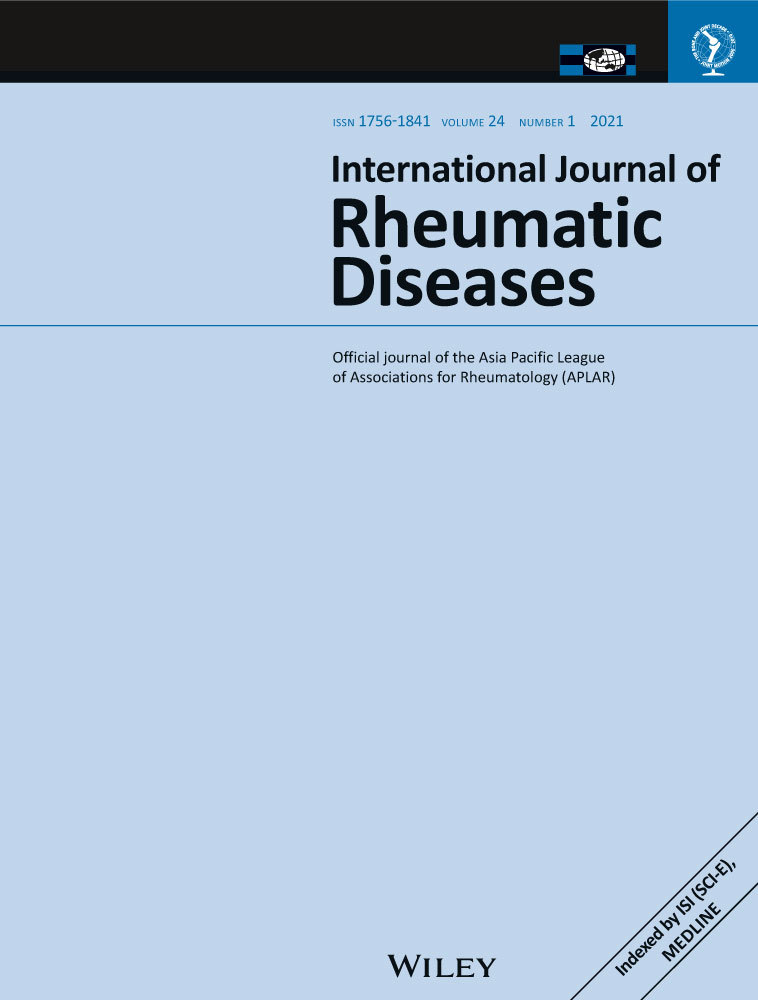Incidence of giant cell arteritis after bisphosphonate exposure: A retrospective cohort study
Abstract
Objectives
Bisphosphonates may cause autoimmune reactions via a cytokine-mediated acute phase response. A case of giant cell arteritis (GCA) after zoledronate injection was recently reported. We aimed to evaluate this association by reviewing the incidence of GCA after bisphosphonate administration.
Methods
This was a retrospective study using the medical claims data of elderly patients in the 20% Medicare random sample from 2008-2014 who had received zoledronate or ibandronate. Patients who had a diagnosis claim of GCA within the past year before receiving either bisphosphonate were excluded. The development of GCA was assessed in 2 ways: GCA diagnosis claim within 28 days of bisphosphonate injection and another claim within 90 days of initial claim; and temporal artery biopsy claim within 28 days of bisphosphonate injection and GCA diagnosis claim within 90 days of biopsy. Due to the Centers for Medicare & Medicaid Services reporting requirements we excluded numbers less than 11 from analysis.
Results
The incidence of GCA was 0.010% and 0.013% after zoledronate and ibandronate injection respectively. In the zoledronate group incidence was highest in patients aged 75-85 years (0.011%), in Whites (0.011%), in the northeast census region (0.013%) and higher in females (0.011% vs 0.009%). All GCA cases noted in the ibandronate group involved White females. We are unable to report incidences by age and region due to the paucity of data.
Conclusion
The incidence of GCA after bisphosphonate injection was not increased compared to the generally reported incidence in the USA.
CONFLICT OF INTERESTS
The authors declare no conflicts of interest.




